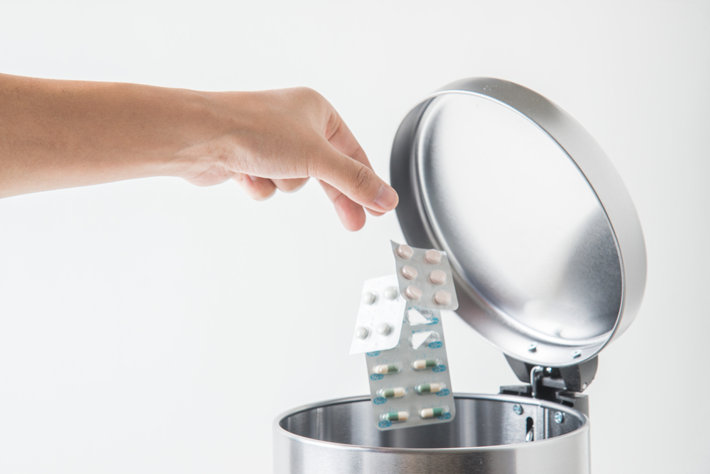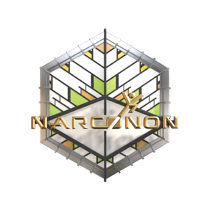How to Dispose of Pharmaceuticals Safely

Our nation and our society has become one of overmedication to the supreme. We live in a country that comprises only five percent of the world’s population, yet we consume seventy-five percent of the annual, global supply of prescription drugs. Needless to say, the United States uses way too many pharmaceuticals.
It hasn’t always been this way, but it’s been this way long enough for Americans to start to catch on that maybe, just maybe, they don’t need quite so many pharmaceutical drugs. But now that we are starting to realize that the majority of pharmaceutical drugs are unnecessary, we are starting to wonder, “How do we get rid of all of these drugs?” For some time now, there has been a surplus of pharmaceutical drugs across America, drugs that we really do not need.
There are enough painkiller pills currently in stock in homes, pharmacies, hospitals, and warehouses across the United States to keep every American adult medicated around the clock for at least one month. And that is only one type of drug, and millions more are produced every week. We have too many pills, and we need to know how to get rid of these potentially harmful drugs.
Tips for Disposing of Harmful Pharmaceutical Drugs
Every American household should know that, not only do they probably have too many pills in their house, but every American should also know how to get rid of these drugs when they realize that they don’t need them. We need to keep in mind that keeping pharmaceutical drugs around is actually a liability of sorts, a liability that could lead to an overdose on the behalf of someone who gets into those drugs who should not be getting into those drugs.
Here are some tips on how to properly and safely dispose of pharmaceuticals:
- Locate a nearby prescription drug drop-off box or facility. There are “pill drop off sites” all across the United States, in all major cities, and even in small towns. Most pharmacies have a prescription drug drop-off box where individuals can anonymously dispose of unused pharmaceuticals.
- Participate in a prescription drug take-back event. The Drug Enforcement Administration hosts biannual “Prescription Drug Take-Back Programs” where individuals can, under no risk of questioning or apprehension, turn in unused or unwanted pharmaceuticals in any quantity to event sites all around the country.
- Do not flush prescription drugs down the toilet. When prescription drugs are put into the water system through the toilet or some other draining system, it can actually affect the water supply for that area. There has been so much of this in certain urban areas that water supplies in those areas have actually tested positive for trace elements of opioids, benzodiazepines, barbiturates, etc.
- Utilize a do-it-yourself disposal method. There are safe ways to dispose of pharmaceuticals on your own. Mix the pills in with something unappetizing such as coffee grounds, cat litter, or dirt, seal them in a bag, and dispose of them in the household trash. While this method is not necessarily the first choice in disposal if there are no take back or disposal sites nearby, this approach is safe enough.
We are starting to learn that prescription drugs are often more damaging than they are helpful.It’s a hard lesson to learn. But as we learn it, our focus has to be on reducing the amount of these medications in our homes and in our communities. The fewer pharmaceuticals that we are exposed to, the fewer problems we will have with these drugs in the form of addictions to them.
Sources:
- https://health.usnews.com/health-care/patient-advice/slideshows/6-strategies-for-safely-disposing-of-prescription-drugs?slide=7
- https://www.fda.gov/drugs/resourcesforyou/consumers/buyingusingmedicinesafely/ensuringsafeuseofmedicine/safedisposalofmedicines/ucm186187.htm
- https://www.epa.gov/hwgenerators/collecting-and-disposing-unwanted-medicines
